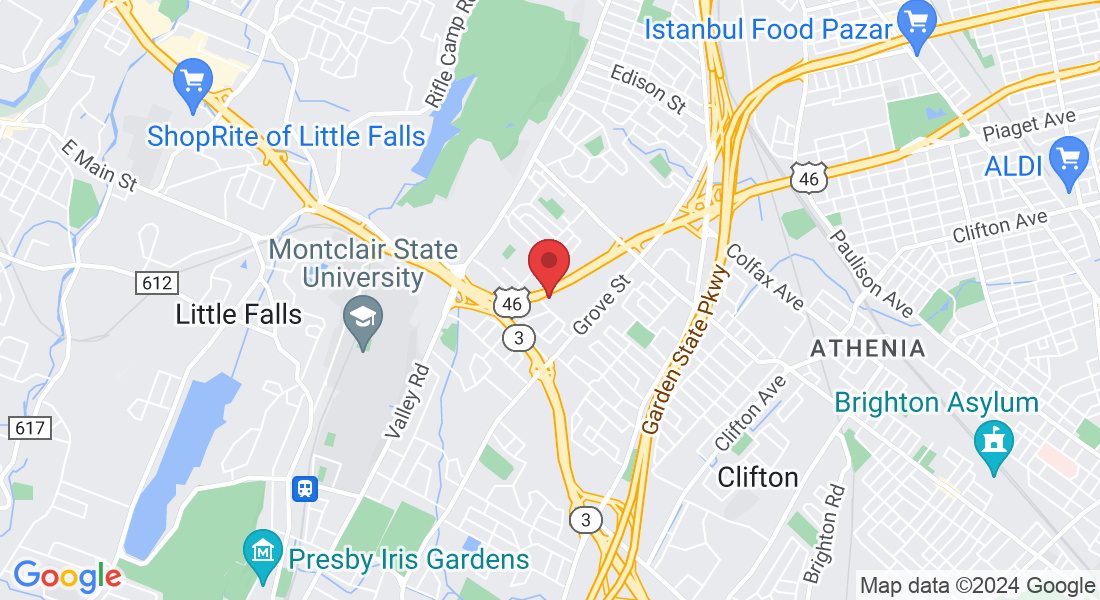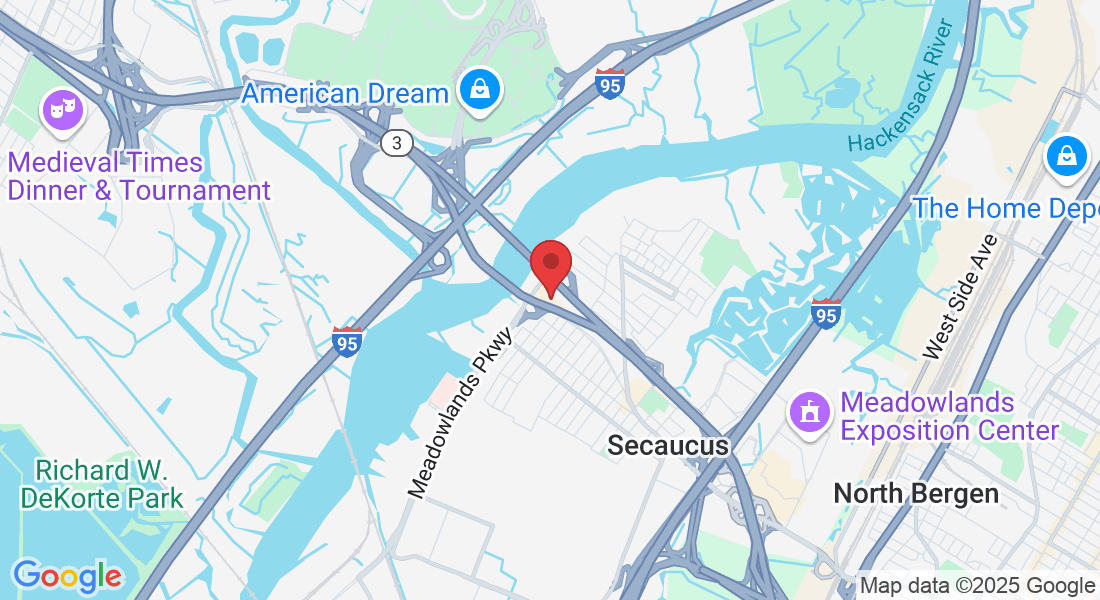New Jersey Rehab Experts
Specializing in comprehensive orthopedic care, New Jersey Rehab Experts offers a wide range of services including Physical Therapy, Sports Physical Therapy, Dry Needling, Chiropractic Care, Neuropathy Treatment, Pain Management, and Manual Therapy. Our state-of-the-art facility is staffed by board-certified therapists dedicated to delivering top-tier care, ensuring you achieve optimal recovery and wellness.
Clinic Located in Jersey City (Newport), Secaucus and Clifton
Genuine Feedback from
Our Patients
Our Affiliations

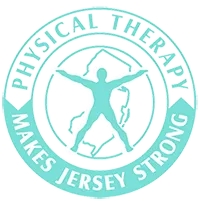

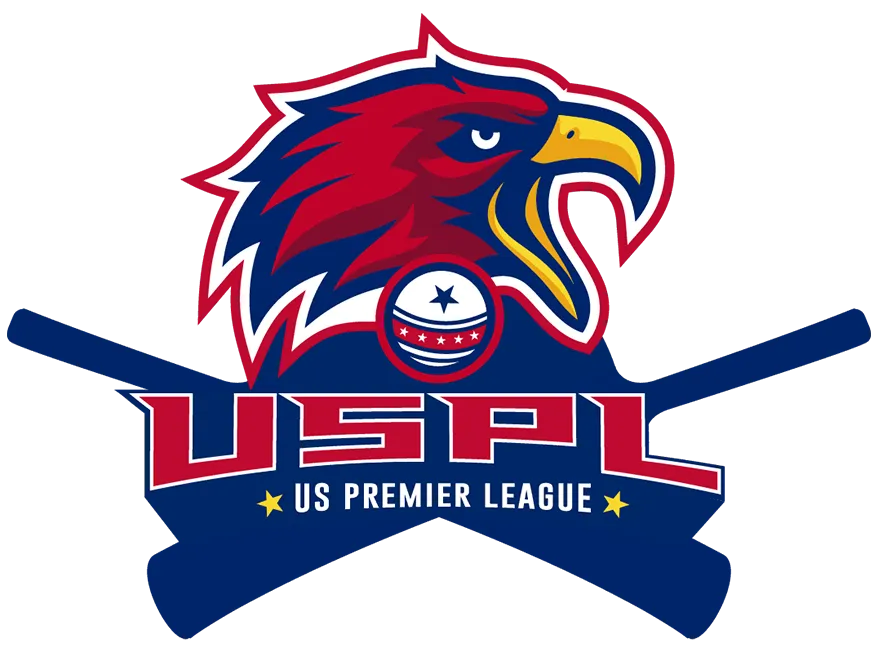


Explore Our Diverse Range of Disciplines
Discover a world of exceptional care customized for all ages! Our dedicated professionals deliver top-notch medical attention, expert rehabilitative therapy, and warm companion care for adults, seniors, and young patients. Experience personalized healthcare with a heart!

Orthopedic Physical Therapy
Specialized care for musculoskeletal injuries, surgeries, and chronic conditions affecting bones, joints, muscles, ligaments, and tendons.
- Sports injuries
- Arthritis management
- Post-surgical rehab

Geriatric Physical Therapy
Specialized care for older adults, addressing age-related changes affecting balance, strength, mobility, and independence.
- Fall prevention
- Balance training
- Mobility enhancement

Sports Physical Therapy
Specialized rehab for athletes of all levels, from weekend warriors to professionals, focusing on injury recovery and performance enhancement.
- ACL rehab
- Return-to-play testing
- Performance optimization

Vestibular Rehabilitation
Specialized therapy for dizziness, vertigo, and balance disorders stemming from inner ear and balance system dysfunction.
- BPPV treatment
- Balance retraining
- Dizziness management

Men's Health Physical Therapy
Specialized care for pelvic floor dysfunction and related issues, providing discreet, effective treatment for men's specific health needs.
- Pelvic pain relief
- Post-prostatectomy rehab
- Urinary dysfunction

Motor Vehicle & Work Injury Rehab
Specialized care for car accidents and workplace injuries, with expert documentation and coordination with insurance providers.
- Whiplash treatment
- Workers' comp cases
- Personal injury claims

Manual Therapy
Hands-on approach using specialized techniques to relieve pain, improve mobility, and accelerate healing naturally.
- Mulligan Mobilizations
- McKenzie Method
- Myofascial Release

Dry Needling
Modern technique using thin, sterile needles to target trigger points, releasing muscle tension and restoring normal function.
- Back & neck pain
- Headaches & migraines
- Sports injuries
Ready to start your recovery journey?
Our expert therapists are ready to help you live pain-free and regain your mobility.
Our Advantages
Specialized Programs for Every Need
From orthopedic rehab and sports therapy to vestibular, pelvic health, and post-injury recovery, we provide comprehensive, patient-focused solutions.
State-of-the-Art Techniques & Technology
We use cutting-edge treatments like dry needling, spinal manipulation, Mulligan & McKenzie techniques, Fit3D scans, Shockwave Therapy , Cupping and more to accelerate healing.
Personalized One-on-One Care
Every patient receives individualized treatment plans with hands-on attention to ensure faster recovery and long-term results.
Trusted by Athletes & Community Leaders
Official providers for multiple cricket teams and a member of respected healthcare associations—our reputation speaks for itself.
Multiple Convenient Locations Across NJ
With clinics in Jersey City, Secaucus, Clifton , and beyond, we’re always within reach—offering flexible scheduling and bilingual support.
Seamless Support for Injury Claims & Recovery
We coordinate care with attorneys, physicians, and insurers for patients recovering from motor vehicle or work-related injuries, ensuring smooth documentation and stress-free rehab.
Meet Our Team

Sunny Thakkar PT, MS ( Exercise Physiologist)
Physical Therapist
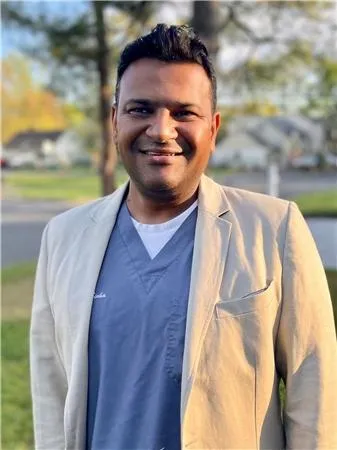
Ashish Sinha, PT, DPT
Physical Therapist

Dr. Rohit Farzala PT, DPT
Physical Therapist
About Us
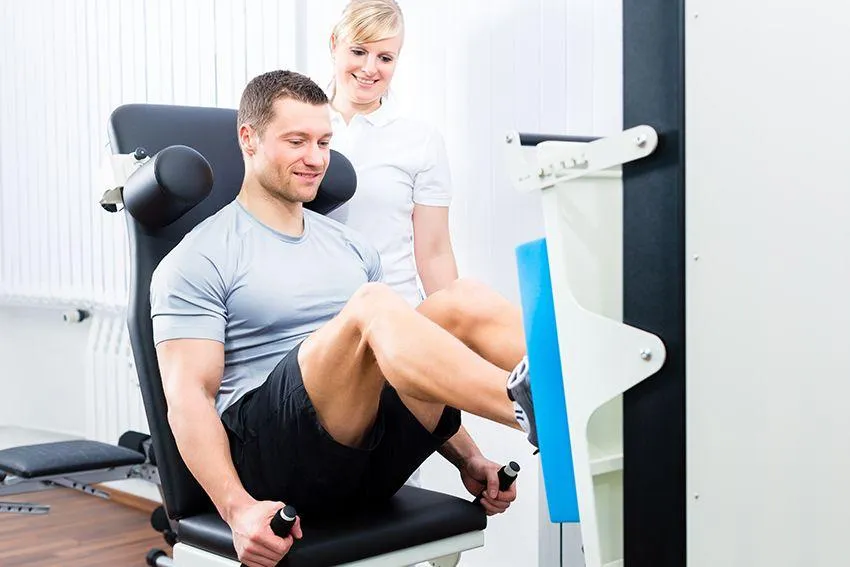
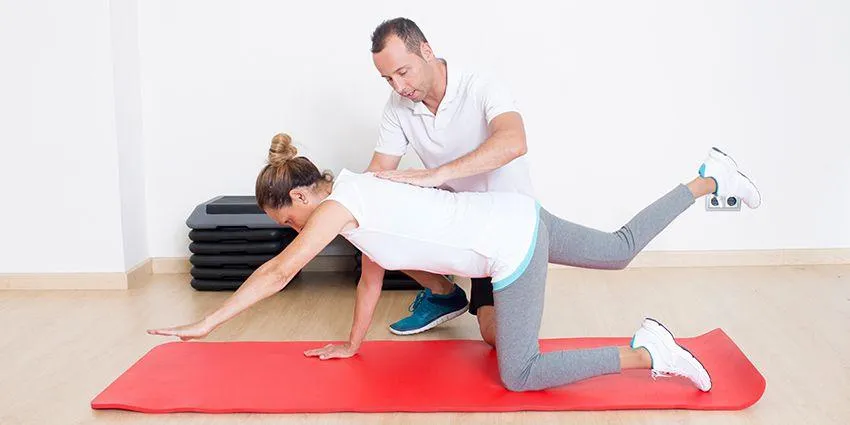
Experience rapid rejuvenation as our specialist team harnesses the power of advanced healing tech to erase pain with ease. We dive deep into your world, assessing every piece of the puzzle—stress at work, life pressures, physical health, nutrition, genes, posture, and even emotional ties—crafting a tailor-made wellness blueprint that's as unique as you are. With our dedicated holistic touch, we don't just treat symptoms; we empower you to embrace a pain-free, harmonious life.
Ask a Question
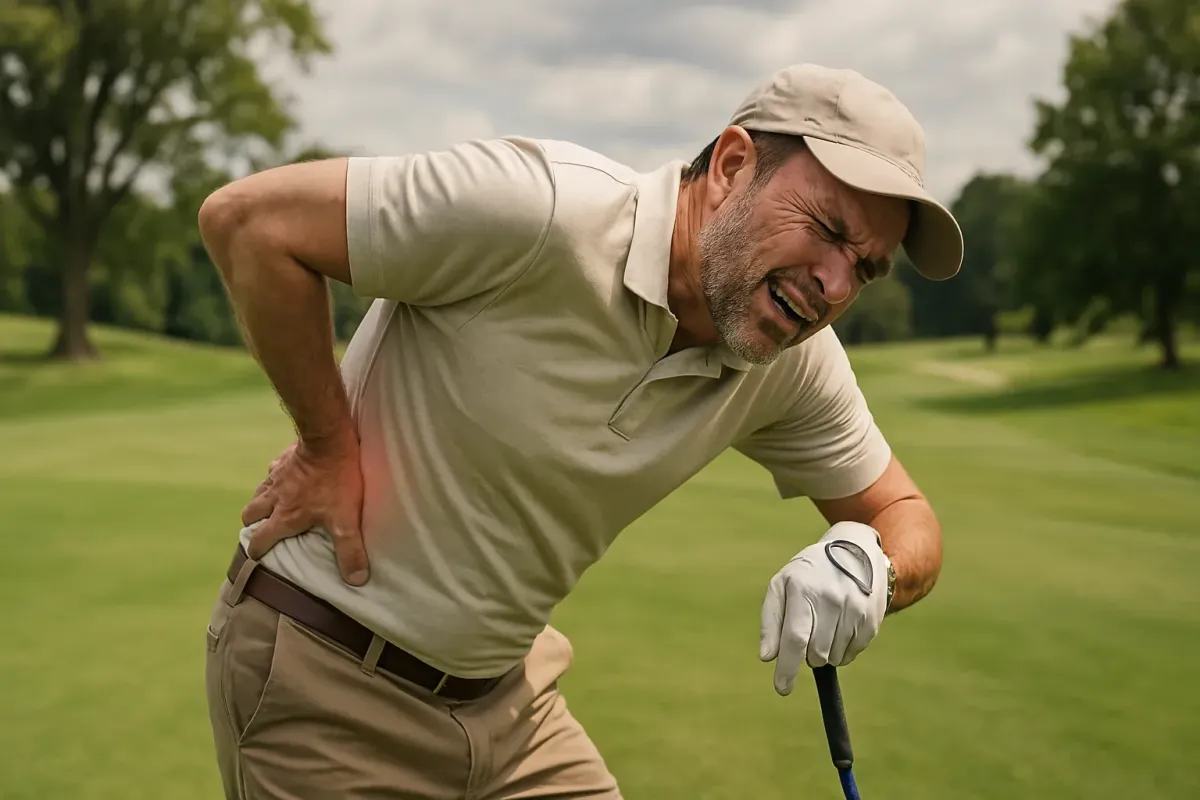
Beat the Pain: Effective Tips to Get Rid of Side Cramps Fast!
Beat the Pain: Effective Tips to Get Rid of Side Cramps Fast!
Side cramps can be a frustrating and painful interruption to your day, whether you’re in the midst of an intense workout or simply enjoying a stroll. These sudden, sharp pains can leave you wondering what went wrong and how to find relief quickly. Fortunately, you don’t have to suffer in silence! In this article, we’ll explore effective tips and techniques to beat the pain and get rid of side cramps fast. From simple stretches to dietary adjustments, we’ll equip you with the tools to tackle those pesky cramps head-on. So, whether you’re an athlete or just someone looking for quick relief, read on to discover how you can reclaim your comfort and continue on with your day pain-free!
Understanding Side Cramps: Causes and Symptoms
Side cramps, also known as side stitches, are a common occurrence that can affect anyone regardless of age or fitness level. They typically manifest as a sharp, stabbing pain on one side of the abdomen, often during physical activities such as running or swimming. The exact cause of side cramps remains a topic of debate among medical professionals, but several factors are believed to contribute to their onset.
One primary cause of side cramps is the irritation of the diaphragm, the muscle that plays a crucial role in breathing. During intense exercise, the diaphragm can become overstressed due to rapid breathing, leading to spasms and resulting in the familiar sharp pain. Additionally, improper breathing techniques, such as shallow or irregular breathing, can exacerbate this condition, making it more likely for cramps to occur.
Another contributing factor is the consumption of food and beverages before engaging in physical activity. Eating large meals or drinking sugary or caffeinated drinks can increase the likelihood of experiencing side cramps. This is because the digestive process requires blood flow and energy, which can divert these resources away from the muscles involved in exercise, causing discomfort and cramps. Recognizing the symptoms and understanding the underlying causes can help you take proactive steps to prevent and alleviate side cramps.
The Science Behind Side Cramps
Understanding the science behind side cramps involves exploring the physiological mechanisms that lead to this discomfort. The diaphragm, a dome-shaped muscle located beneath the lungs, plays a central role in this process. During physical activity, the diaphragm works harder to assist with breathing, and when it becomes fatigued or stressed, it can spasm, resulting in the sharp pain known as a side cramp.
The interplay between the diaphragm and surrounding muscles, such as the intercostals and abdominal muscles, is also crucial. These muscles help stabilize the ribcage and assist with breathing. When they become overworked or strained, they can contribute to the development of side cramps. Factors such as poor posture and inadequate warm-up routines can exacerbate the stress placed on these muscles, increasing the risk of cramps.
Another scientific aspect to consider is the role of blood flow and oxygen delivery to the muscles. During intense exercise, the body's demand for oxygen increases, and the cardiovascular system works harder to meet this demand. If there is insufficient oxygen supply to the diaphragm and surrounding muscles, they may become fatigued more quickly, leading to cramps. Ensuring proper breathing techniques and maintaining cardiovascular health can help mitigate these risks.
Immediate Relief Techniques for Side Cramps
When a side cramp strikes, immediate relief becomes a priority. Fortunately, there are several techniques you can employ to alleviate the pain and get back to your activity. One of the most effective methods is to adjust your breathing. Taking deep, slow breaths can help relax the diaphragm and reduce the intensity of the cramp. Focus on inhaling deeply through your nose and exhaling slowly through your mouth.
Another quick relief technique is to apply gentle pressure to the affected area. Using your fingers, press firmly on the spot where you feel the cramp and hold for several seconds. This can help release the muscle spasm and provide temporary relief. Additionally, bending forward slightly while pressing on the cramp can enhance the effectiveness of this method.
Stretching exercises can also offer immediate relief. One useful stretch involves raising your arm on the side of the cramp and reaching over your head. This action can elongate the muscles and alleviate the tension causing the cramp. Alternatively, leaning to the opposite side of the cramp while keeping your arm raised can help stretch the affected muscles further. Incorporating these techniques into your routine can help you manage side cramps quickly and efficiently.
Stretching Exercises to Alleviate Side Cramps
Stretching exercises are an essential component of alleviating side cramps and preventing their recurrence. By regularly incorporating specific stretches into your routine, you can improve flexibility, reduce muscle tension, and enhance overall muscle function. One effective stretch is the standing side stretch, which targets the muscles along the sides of your abdomen.
To perform the standing side stretch, stand with your feet shoulder-width apart and raise one arm overhead. Slowly lean to the opposite side, keeping your arm extended and your body in a straight line. Hold this position for 20-30 seconds, feeling the stretch along your side. Repeat on the other side. This stretch helps elongate the muscles and can reduce the likelihood of cramping.
Another beneficial stretch is the twist stretch, which focuses on the abdominal and oblique muscles. Sit on the ground with your legs extended in front of you. Bend one knee and place the foot on the opposite side of the extended leg. Twist your torso towards the bent knee, using your opposite arm to gently pull yourself further into the twist. Hold for 20-30 seconds and repeat on the other side. This stretch not only helps relieve side cramps but also improves overall core flexibility.
Incorporating dynamic stretches, such as arm circles and torso rotations, into your warm-up routine can also be beneficial. These stretches help activate the muscles and prepare them for physical activity, reducing the risk of cramps. By consistently practicing these stretching exercises, you can enhance muscle function and minimize the occurrence of side cramps.
Hydration and Nutrition: Preventing Side Cramps
Proper hydration and nutrition play a pivotal role in preventing side cramps. Ensuring that your body is adequately hydrated before, during, and after exercise can help maintain muscle function and reduce the risk of cramps. Dehydration can lead to electrolyte imbalances, which can cause muscles to contract involuntarily, resulting in cramps.
Drinking water throughout the day and increasing your intake during physical activity is essential. Additionally, consuming electrolyte-rich beverages, such as sports drinks, can help replenish lost minerals like sodium, potassium, and magnesium. These electrolytes are crucial for muscle function and can help prevent cramps by maintaining the balance of fluids in your body.
Your diet also plays a significant role in preventing side cramps. Consuming a balanced diet that includes a variety of nutrients can support muscle health and function. Foods rich in potassium, such as bananas and sweet potatoes, can help prevent muscle spasms. Additionally, incorporating magnesium-rich foods like nuts, seeds, and leafy greens can aid in muscle relaxation and reduce cramping.
Avoiding heavy meals and sugary drinks before exercise can also help prevent side cramps. Large meals can divert blood flow to the digestive system, reducing the availability of oxygen and nutrients to the muscles. Opt for lighter meals and snacks, such as fruits and protein bars, that provide energy without overloading your digestive system. By prioritizing hydration and nutrition, you can create an environment that supports optimal muscle function and reduces the risk of side cramps.
The Role of Warm-Up and Cool-Down in Avoiding Cramps
The importance of warm-up and cool-down routines in avoiding side cramps cannot be overstated. Properly preparing your body for physical activity through warm-up exercises can help increase blood flow, improve muscle flexibility, and enhance overall performance. Similarly, cooling down after exercise helps gradually lower your heart rate and prevents muscle stiffness.
A comprehensive warm-up routine should include dynamic stretches and movements that target the muscles involved in your activity. For example, if you're preparing for a run, incorporate leg swings, arm circles, and torso rotations into your warm-up. These exercises help activate the muscles and improve their range of motion, reducing the likelihood of cramps.
Cooling down after exercise is equally important. Gradually reducing the intensity of your activity allows your body to transition from an active state to a resting state. Incorporate static stretches, such as hamstring stretches and calf stretches, into your cool-down routine. These stretches help elongate the muscles and prevent post-exercise stiffness, which can contribute to cramping.
Taking the time to properly warm up and cool down can significantly reduce the risk of side cramps. These routines not only enhance muscle function but also improve overall performance and recovery. By prioritizing these practices, you can create a foundation for a cramp-free exercise experience.
When to Seek Medical Attention for Side Cramps
While most side cramps can be managed with self-care techniques, there are instances when seeking medical attention is necessary. Understanding when to consult a healthcare professional can help ensure that you receive appropriate care and avoid complications. Persistent or severe side cramps that do not respond to home treatments may warrant further evaluation.
If you experience side cramps accompanied by other symptoms, such as nausea, vomiting, or difficulty breathing, it is essential to seek medical attention. These symptoms can indicate underlying medical conditions that require professional intervention. Additionally, if side cramps occur frequently and interfere with your daily activities, it is advisable to consult a healthcare provider.
A healthcare professional can perform a thorough assessment to determine the cause of your side cramps. They may recommend diagnostic tests, such as imaging studies or blood tests, to rule out any serious conditions. Based on the results, they can provide personalized treatment plans and recommendations to address the underlying causes of your cramps.
Remember, it's important to listen to your body and seek medical attention when necessary. Early intervention can help prevent complications and ensure that you receive the appropriate care to manage your side cramps effectively.
Lifestyle Changes to Reduce the Frequency of Side Cramps
Making lifestyle changes can significantly reduce the frequency of side cramps and improve overall muscle health. Incorporating regular exercise into your routine helps strengthen the muscles and enhance their function. Focus on activities that promote cardiovascular health and muscle endurance, such as running, swimming, and cycling.
Maintaining a balanced diet that includes a variety of nutrients is crucial for muscle health. Ensure that your diet contains adequate amounts of vitamins, minerals, and proteins to support muscle function and prevent cramps. Avoiding heavy meals and sugary drinks before exercise can also help reduce the risk of side cramps.
Proper hydration is essential for preventing side cramps. Drink water throughout the day and increase your intake during physical activity. Consuming electrolyte-rich beverages can help replenish lost minerals and maintain fluid balance in your body. Additionally, practicing proper breathing techniques during exercise can help reduce the stress on your diaphragm and prevent cramps.
Incorporating regular stretching exercises into your routine can also help reduce the frequency of side cramps. Focus on stretches that target the abdominal and oblique muscles, such as standing side stretches and twist stretches. These exercises help improve flexibility and reduce muscle tension, minimizing the risk of cramps.
By making these lifestyle changes, you can create an environment that supports optimal muscle function and reduces the occurrence of side cramps. Consistency is key, and incorporating these practices into your daily routine can lead to long-term benefits.
Natural Remedies and Home Treatments for Side Cramps
In addition to traditional methods, natural remedies and home treatments can offer relief from side cramps. These approaches can be effective in managing pain and promoting muscle relaxation. One popular remedy is the use of essential oils, such as peppermint or lavender oil. These oils have soothing properties and can be applied topically to the affected area to reduce muscle tension and alleviate cramps.
Herbal teas, such as chamomile or ginger tea, can also help relax the muscles and provide relief from side cramps. These teas have anti-inflammatory properties that can help reduce muscle spasms and promote relaxation. Drinking a warm cup of herbal tea can be a comforting and effective way to manage cramps.
Another home treatment for side cramps is the application of heat. Using a heating pad or a warm towel on the affected area can help relax the muscles and reduce pain. Heat therapy increases blood flow to the muscles, promoting relaxation and healing. Alternatively, taking a warm bath can have similar effects and provide overall relief.
Practicing relaxation techniques, such as deep breathing and meditation, can also help manage side cramps. These techniques help reduce stress and promote muscle relaxation, minimizing the occurrence of cramps. Incorporating these practices into your routine can provide long-term benefits and enhance overall well-being.
By exploring natural remedies and home treatments, you can find effective ways to manage side cramps and promote muscle health. These approaches can complement traditional methods and offer additional relief.
Conclusion: Embracing a Cramp-Free Lifestyle
Side cramps can be a frustrating and painful interruption to your day, but with the right tools and techniques, you can beat the pain and get rid of side cramps fast. Understanding the causes and symptoms of side cramps is the first step in managing them effectively. By exploring the science behind side cramps, you can gain insight into the physiological mechanisms that contribute to this discomfort.
Immediate relief techniques, such as adjusting your breathing, applying pressure, and performing stretching exercises, can help alleviate side cramps quickly. Incorporating regular stretching exercises into your routine can reduce muscle tension and improve flexibility, minimizing the risk of cramps. Proper hydration and nutrition are crucial for preventing side cramps, and making lifestyle changes can significantly reduce their frequency.
When side cramps persist or are accompanied by other symptoms, seeking medical attention is essential. Early intervention can help prevent complications and ensure that you receive appropriate care. Exploring natural remedies and home treatments can offer additional relief and promote muscle relaxation.
By embracing a cramp-free lifestyle, you can reclaim your comfort and continue on with your day pain-free. Incorporate these tips and techniques into your routine and enjoy a healthier, more active lifestyle. Side cramps don't have to hold you back – with the right strategies, you can beat the pain and thrive.
No matter whether your condition was caused by a sport, work accident or otherwise,
we welcome the chance to serve you.
Opening Hours




